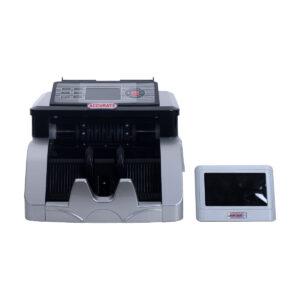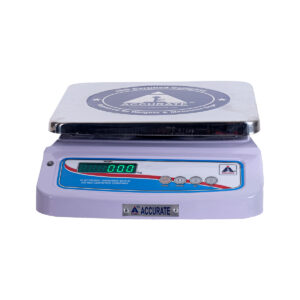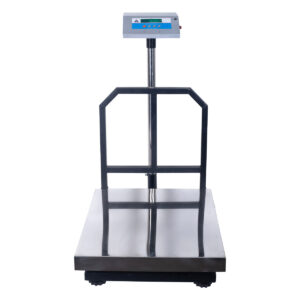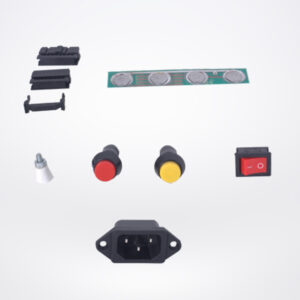Many factors can affect the results you obtain from your scale or balance, including the environment where you’re conducting measurements. It’s important to understand which weight fluctuations are caused by vibrations or air currents and which are caused by your equipment. One of the common causes of result changes is creep.
Creep: We define creep as the change that takes place in loadcell output while under load and with all environmental conditions and other variables remaining constant. Creep usually is measured with rated load applied (usually 90% to 100% of the capacity) and expressed as a percent of rated output over a specific duration. Here’s an example: let’s say a loadcell can handle 1000 kg, features an output of 4.00mV/V and the creep rate is 0.01%. 4.00*0.010.04. 0.04/1000 = 0.00004 mV/V. That means the output of 1,000kg could change by 0.00004mV/V (0.4kg) over thirty minutes. Keep in mind this is a basic theoretical example. Various outside influences such as temperature are not constant and require much more complicated math to estimate. 10 -6.005 Relative Response () -0.015 Time (minutes) Creep response and creep recovery response of a shear-beam load cell of capacity 17.8 kN, temperature: 19.6°C Essentially, a loadcell measures weight by measuring the deformation of the loadcell caused by the item being weighed. The loadcell is designed to withstand such changes but can take some time to fully deform then recover. These changes are what we call creep. The deformation and recovery can lead to fluctuations in the reading of the weight. The difference between drift and creep:
They sound similar and are often confused, but creep and drift are not the same. Drift is caused by the scale or balances recording changes in weight resulting from environmental factors that affect the sample’s mass. Creep is specifically the deformation and recovery of material, in this case the loadcell.
Creep: We define creep as the change that takes place in loadcell output while under load and with all environmental conditions and other variables remaining constant. Creep usually is measured with rated load applied (usually 90% to 100% of the capacity) and expressed as a percent of rated output over a specific duration. Here’s an example: let’s say a loadcell can handle 1000 kg, features an output of 4.00mV/V and the creep rate is 0.01%. 4.00*0.010.04. 0.04/1000 = 0.00004 mV/V. That means the output of 1,000kg could change by 0.00004mV/V (0.4kg) over thirty minutes. Keep in mind this is a basic theoretical example. Various outside influences such as temperature are not constant and require much more complicated math to estimate. 10 -6.005 Relative Response () -0.015 Time (minutes) Creep response and creep recovery response of a shear-beam load cell of capacity 17.8 kN, temperature: 19.6°C Essentially, a loadcell measures weight by measuring the deformation of the loadcell caused by the item being weighed. The loadcell is designed to withstand such changes but can take some time to fully deform then recover. These changes are what we call creep. The deformation and recovery can lead to fluctuations in the reading of the weight. The difference between drift and creep:
They sound similar and are often confused, but creep and drift are not the same. Drift is caused by the scale or balances recording changes in weight resulting from environmental factors that affect the sample’s mass. Creep is specifically the deformation and recovery of material, in this case the loadcell.








